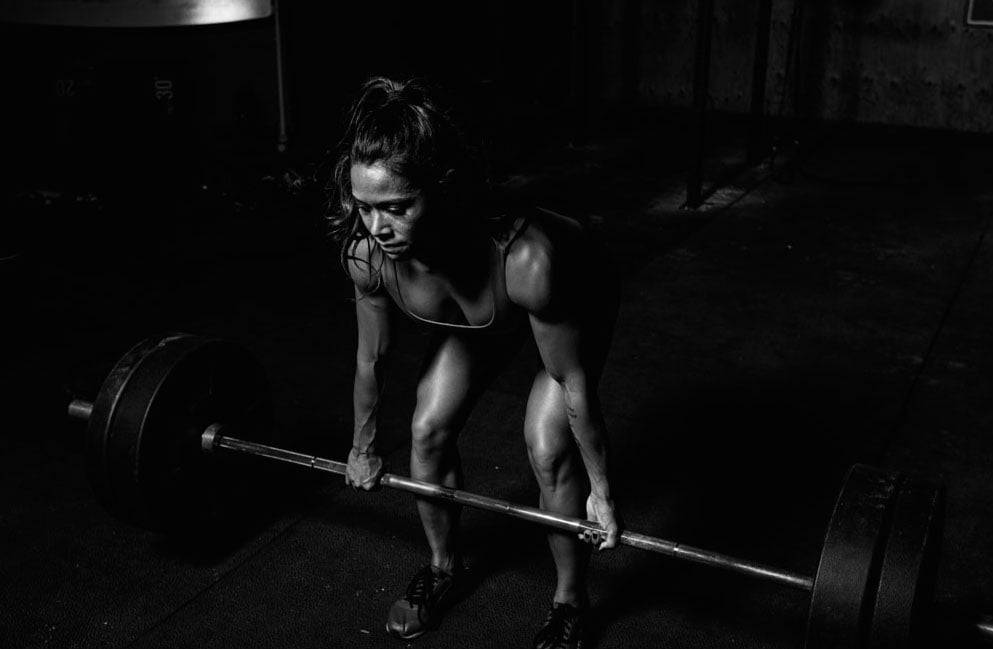Knowledge
Stop Half-Assing Your Warm-Ups – A Sequence For Warming Up With Purpose
Articles, Rehab, mobility & injury prevention

Stop Half-Assing Your Warm-Ups - A Sequence For Warming Up With Purpose
Although there is significant improvement in the industry when it comes to putting together efficient and purposeful warm-ups, I think it’s still safe to say that most of the time, much less thought goes into the warm-ups than into the training session itself. Sadly.
Just like the exercises you select for the training, your warm-up should be tailored to the individual and/or to the goals of the session. Potentially, it may have a specific focus. For example, if your session is based on one main lift and related accessory work, you might construct your warm-up around that main lift as well.
I like to use a Mobilisation-Activation-Integration sequence in my warm-ups, particularly where specificity is needed:
- Mobilisation: My choice here depends on the individual, not only on their needs, but also on their preferences. I might prescribe some soft-tissue work (foam rolling, lacrosse ball, etc.), but that’s usually only if the individual feels really strongly that this helps them create space and makes them feel “loose”. I typically prefer PNF stretches or patterns, active-assisted stretches or joint mobilisation exercises. I use a joint/region above and joint/region below approach, so if it’s a hip dominant training session, I will target the thoracic spine and hams or quads, depending. I like to mobilize for a total of 1-2 minutes using either a couple of sets of 10 reps with a short rest or alternating on-off periods (usually 10s on 10s off) for total time.
- Activation: Here I use my mind-muscle connecting exercises targeting the specific needs of the session. For example, for a deadlifting session, you might need to target glutes and lats. They might be open or closed chain, whatever works for the individual. Use 1-2 exercises and select rep range with the intent that the sets should be non-fatiguing and that the quality of each rep should dictate whether the set should continue.
- Integration: This is where I integrate the movement pattern or a variation of the exercise. It’s sometimes helpful to use some form of feedback. This could be band resistance to exaggerate an asymmetry and force correction, kinesthetic feedback to help with mind-muscle connection, markers for maintaining points of contact, etc. Use 1-2 exercises and select the rep range with the intent that the sets should be non-fatiguing and that the quality of each rep should dictate whether the set should continue.
Here’s an example of what a warm-up might look like for a session where the main focus is the deadlift:
Bloc A – Mobilisation
- Active Assisted Straight Leg Raise 2×8 for each leg
Actively flex the hip with the knee fully extended and apply an extra pull using the band at the end of the available range of motion. Keep the quad contracted as you pull with the band.
- Seated Thoracic Extension 2×8
Place the hands behind the head (without clasping the head) and bring the elbows in close. Slide the elbows up and push the chest forward.
Bloc B – Activation
- Single-leg Hip Hinge
Just an all-around great exercise to prep your glutes. Make sure there is some degree of flexion at the knee and that the unloaded hip does not rotate away from the loaded hip.
- Tensed lats hinge
You can also do this with a pulley. Keep tension in the lats as you hinge at the hips.
Bloc C – Integration
- Kneeling Waiter Bow
I like the kneeling hip hinge because it helps people differentiate between hip movement and spine movement (something people are often not very good at). The weight in front of the chest helps keep the focus on the thoracic extension.
– MLD